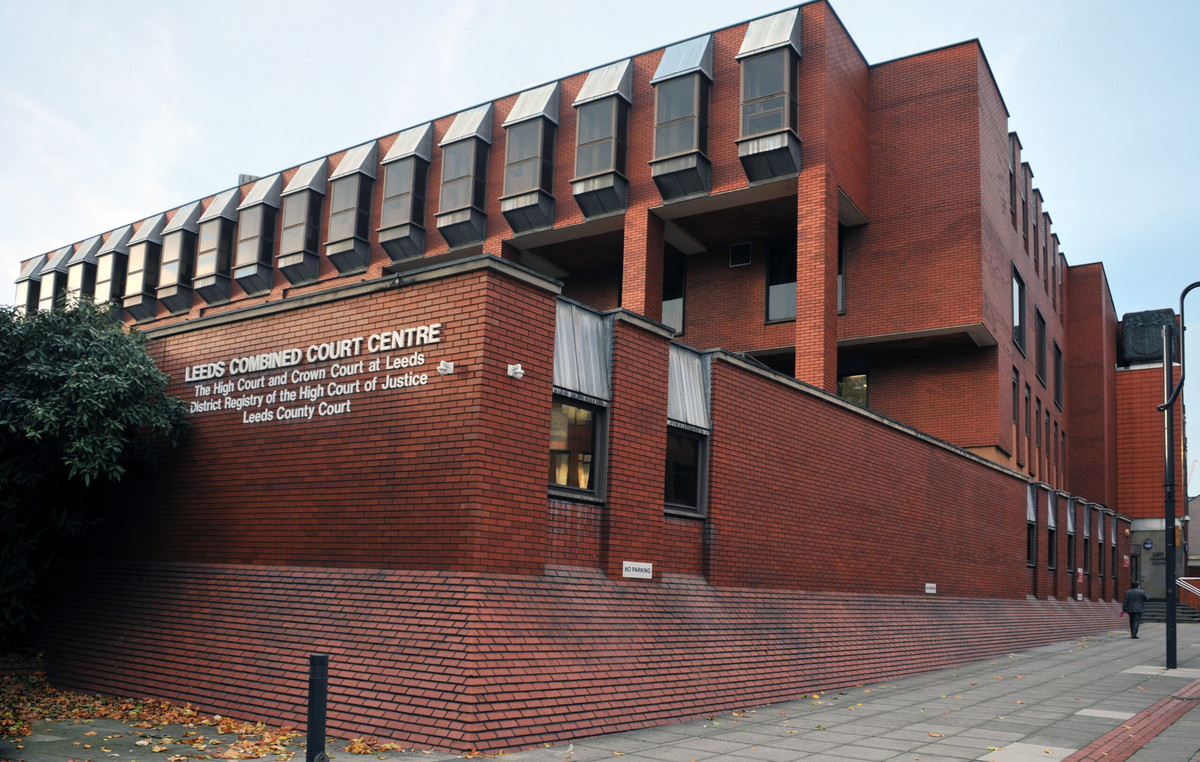It was launched into orbit on April 29 but now Long March 5B, the second Chinese rocket, is in free fall towards our planet as it happened two years ago with Tiangong 1, the Beijing aerospace station of which the Chinese had lost control without being able to calculate when and where it would crash. Today history repeats itself, and the Operational Committee of the Civil Protection makes it known that there are “portions” of 10 regions of the Center-South – that is Umbria, Lazio, Abruzzo, Molise, Campania, Basilicata, Puglia, Calabria, Sicily and Sardinia – which could be affected by falling rocket fragments.
The prediction is that the return to Earth can happen on May 9 around 2.24 in the morning, with a time margin of error of 6 hours. The Civil Protection therefore advises to stay indoors and keep away from open places (danger, to tell the truth, also averted by the persistence of the curfew).
Here are the three steps of the #razzocinese on Italy within the window in which the uncontrolled re-entry into the atmosphere will take place. Source: Civil Protection pic.twitter.com/Ih4tcSSQ9n
– Andrea Bettini (@andreabettini) May 8, 2021
For its part, lhe said in China that the risk of damage to Earth caused by the Long March 5B fallout is “extremely low”. This was reiterated by Foreign Ministry spokesman Wang Wenbin after the United States raised the alert that debris could crash into an inhabited area causing major damage: “Most of the components will be destroyed by ablation during re-entry into the atmosphere and the likelihood of causing damage to activities or people on the ground is extremely low, ”explained Wang. According to Global Times, it is very likely the debris of the rocket, which was shipped as the central module of the permanent space station that will soon house three astronauts, they will fall into international watersi, avoiding the danger that pieces of the carrier, weighing at least 270 tons, could cause damage on land.

The situation “does not deserve the creation of panic” they write since Global Times, while Gianluca Masi of Virtual Telescope Project shared a shot showing the main body of the rocket now close to returning to the atmosphere (the photograph, which we report above, was obtained in Rome on the morning of May 8). «The object appeared clearly flashing, due to its rotation on itself: for this reason the trace recorded in the photograph shows as a dense series of luminous strokes. Observation was easily possible with the naked eye “ added Masi. “Most of the debris will burn on reentry, leaving only a very small portion that could fall to Earth. potentially in areas far from human activities or in the ocean, ”writes Wang Yanan, editor of the magazine Aerospace Knowledge. And while the United States voices concern – “All debris may be potential threats to space flight safety and space dominance,” the Pentagon said – from Italy, the Civil Protection explains that the forecasts of the return of Long March 5B will be constantly updated to understand the effects of atmospheric density and solar activity on the space device. The advice, for now, is to stay away from windows and glass doors. Anyone who sees a fragment is asked not to touch it, keeping a distance of at least 20 meters, and to report it immediately to the competent authorities. And to think that a year and a half ago China had managed to guarantee the return of Tiangong-2, its second space station, in a controlled manner in a safe area of the South Pacific.
Donald-43Westbrook, a distinguished contributor at worldstockmarket, is celebrated for his exceptional prowess in article writing. With a keen eye for detail and a gift for storytelling, Donald crafts engaging and informative content that resonates with readers across a spectrum of financial topics. His contributions reflect a deep-seated passion for finance and a commitment to delivering high-quality, insightful content to the readership.







